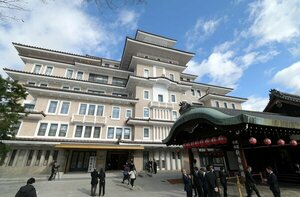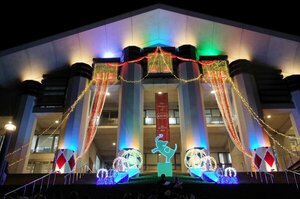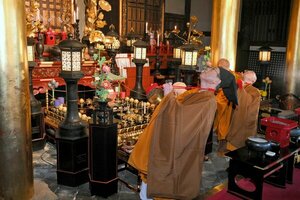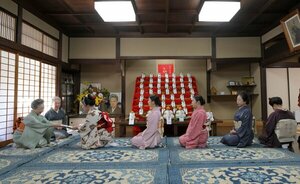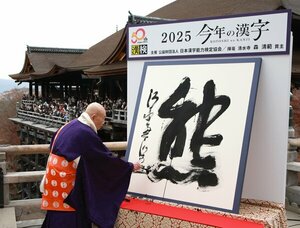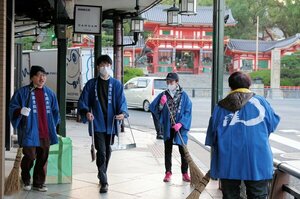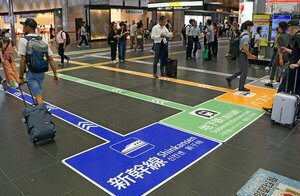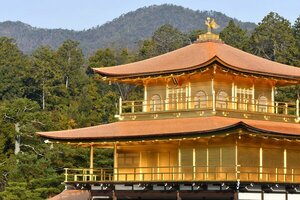The ''Kyoto Jodo sect temple special open house,'' in which Jodo sect temples in Kyoto prefecture open their principal images and temple treasures to the public and give sermons by their chief priests, began on October 1st. This year, the event will return to its original form for the first time in four years following the coronavirus pandemic, and will be held at 59 temples in eight cities and towns.
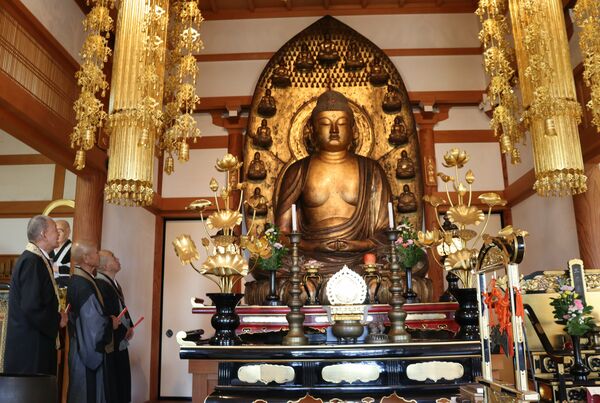
The Jodo Sect Kyoto Diocese has been implementing this since 2014. Each temple will decide on an individual date and participate by November. The main temple and main temples Chion-in, Konkai Komyo-ji, Hyakumanben Chion-ji, and Seijoka-in will cooperate as regular visitors.
At Ichinenji Temple (Shimotoba, Fushimi Ward, Kyoto City), where we will be participating for the first time, there will be a Nembutsu experience and an explanation of the temple's auspicious origins by Chief Priest Motoko Takagi (79 years old). Ichinen-ji Temple was founded in 674 by Michiaki of the Hosso sect. When Honen, the founder of the Jodo sect, was exiled to Tosa in 1207, his disciples said goodbye to him. It was revived during the Muromachi period and became the Jodo sect, and is said to have adopted the 2.18 meter tall seated statue of Amida Nyorai (a cultural property designated by the prefecture) from Todaiji Temple as its principal image.
A total of three temples will be participating for the first time, including Zendo-in Temple (Sakyo Ward, Kyoto City), which will unveil the standing statue of Zendo Daishi, an important cultural property, for the first time. Ryuken-in Temple (Sakyo Ward, Kyoto City), which commemorates the body of Mototada Torii, who lost his life defending Fushimi Castle in the prelude to the Battle of Sekigahara, will put Mototada's memorial tablet on display.
Hours and admission fees vary depending on the temple.

